The Legend of Zelda franchise has spread its lore far and wide since it’s 1986 Japanese release. Aside from being mistakenly called “Zelda” since the game’s 1987 American release, the protagonist Link is known by fans as “The Hero of Time, The Hero of Light, and of course “The Hero of Legend.” After thirty-one years, we have seen a slew of video games, cartoon adaptions, cartoon cameos, manga adaptions, and not to mention a ton of merchandise that has steadily helped to fill Nintendo’s coffers. It’s of no surprise that another product featuring our “forever-reincarnated” Link and Princess Zelda is releasing soon. No, I’m not talking about the upcoming Legend of Zelda: The Breath of the Wild video game.
Following up his 2012 Legend of Zelda: Ocarina of Time manga series, Akira Himekawa has released the much asked for The Legend of Zelda: Twilight Princess manga. Those who played the game, the Gamecube version versus the Wii version, will agree it was a great addition to the mysterious Zelda timeline. The manga was first released in February of 2016 in Japan and is finally getting released in America this month by VIZ Media.
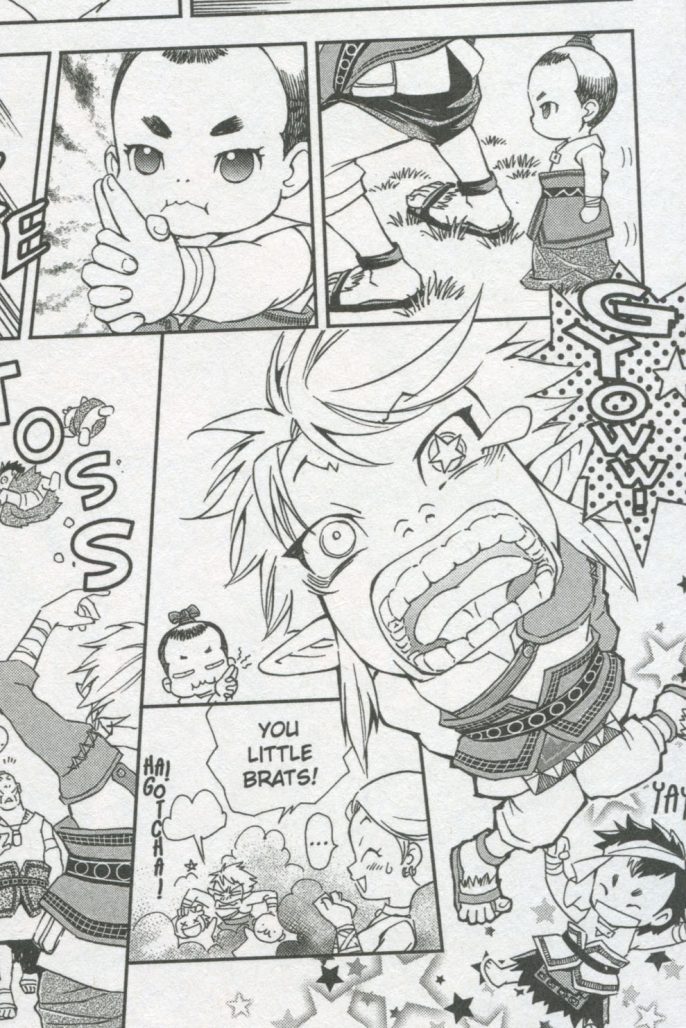
Another departure from that of the video games is that Himekawa’s Link talks. Ever since his 1986 debut, the silent protagonist has been just that; Silent! Whether this is because Nintendo knows that this is part of the character’s charm or that they believe it would be as traumatic as when the hard-rock band KISS took off their makeup in 1983, the consensus in the video games has been that “Link doesn’t talk!”
Despite this “Nintendo rule of thumb”, that hasn’t stopped the likes of those that have adapted the character for other medias. It’s difficult to have a story with a non-talking main character after all. Some bad examples of talking Links have been the thirteen-episode 1989 cartoon and the disastrously terrible Panasonic “CD-i” video games.
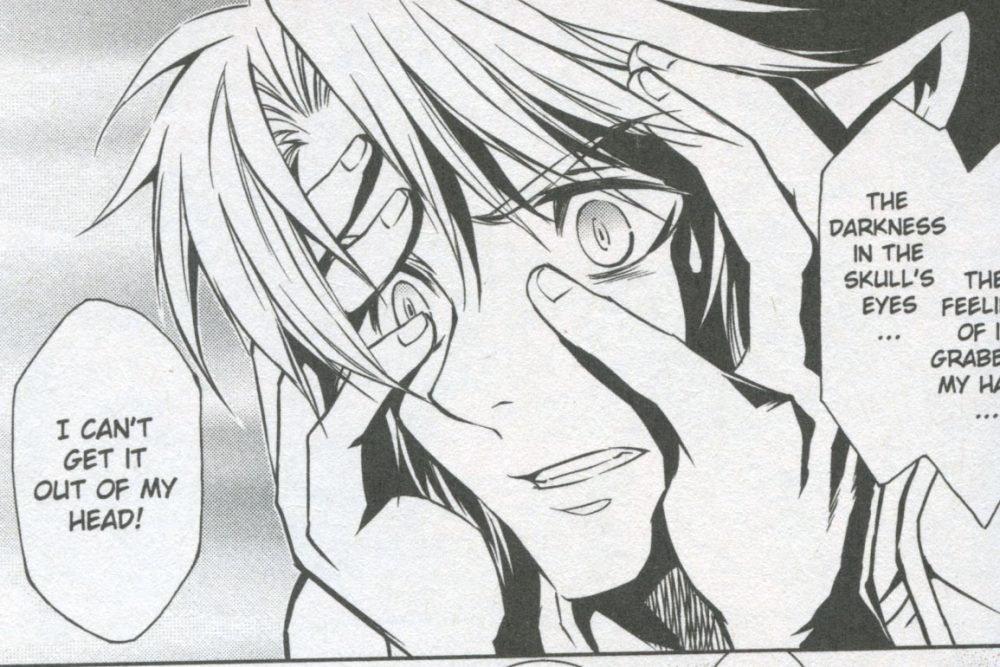
It’s quite possible though that it isn’t Himekawa that is to blame for Link’s dialogue, but perhaps that of the English adaption team. There’s a scene where the townsfolk first encounter an oncoming hoard of monsters and one person simply responds with “YIKES!” When has anyone ever given a terror-charged exclamation of “yikes”? The English adaption is accredited to “Stan!” for goodness sake. No, I didn’t add the exclamation point. It’s there printed in the back of the book, with no last name to account for. Is “Stan!” someone like “Madonna” or “Cher”?
Overall, I thought the story was entertaining and a nice read. Though the dialogue was nothing to write home about, the beautiful scenery and the wonderfully drawn action was what kept me going. In the end, isn’t that why we read adventure stories? If you want true Zelda storyline with no shenanigans, best to stick to the video games.
Akira Himekawa and VIZ Media’s The Legend of Zelda: Twilight Princess will release March 14th online and book retailers nationwide.


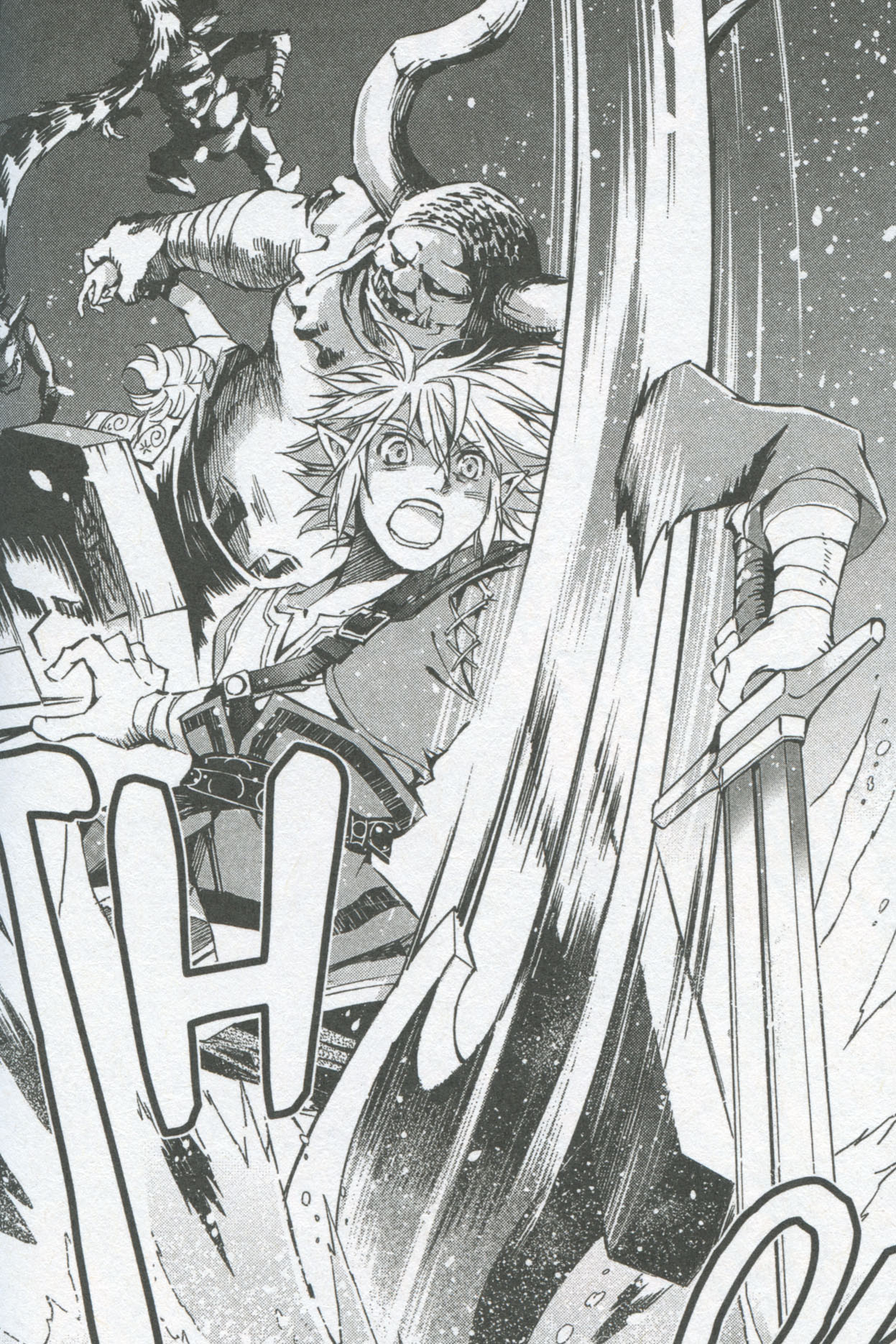
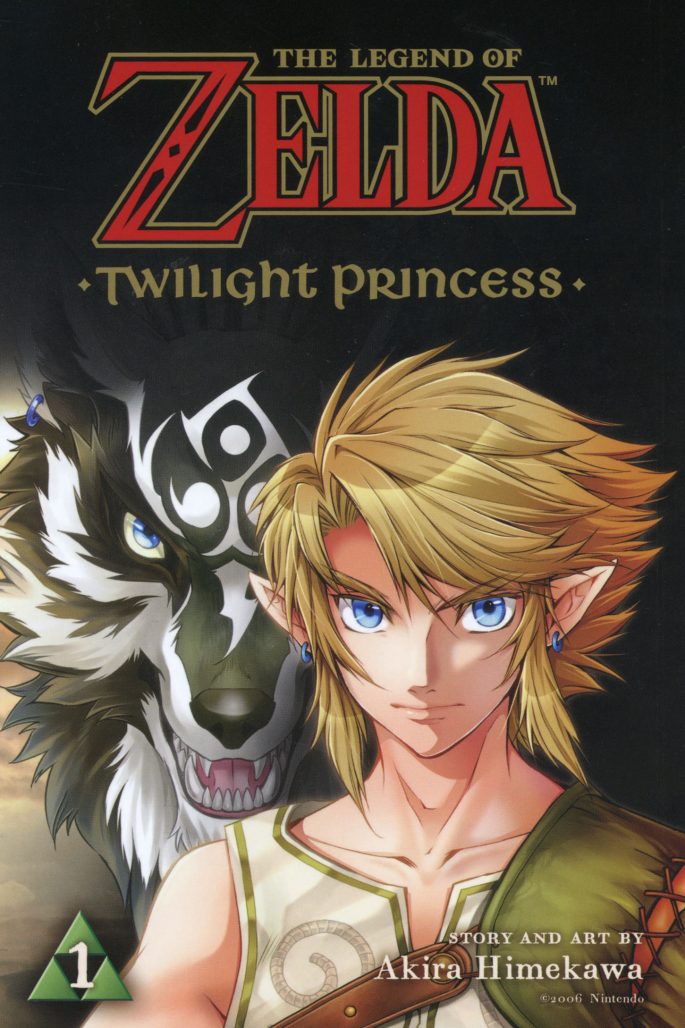
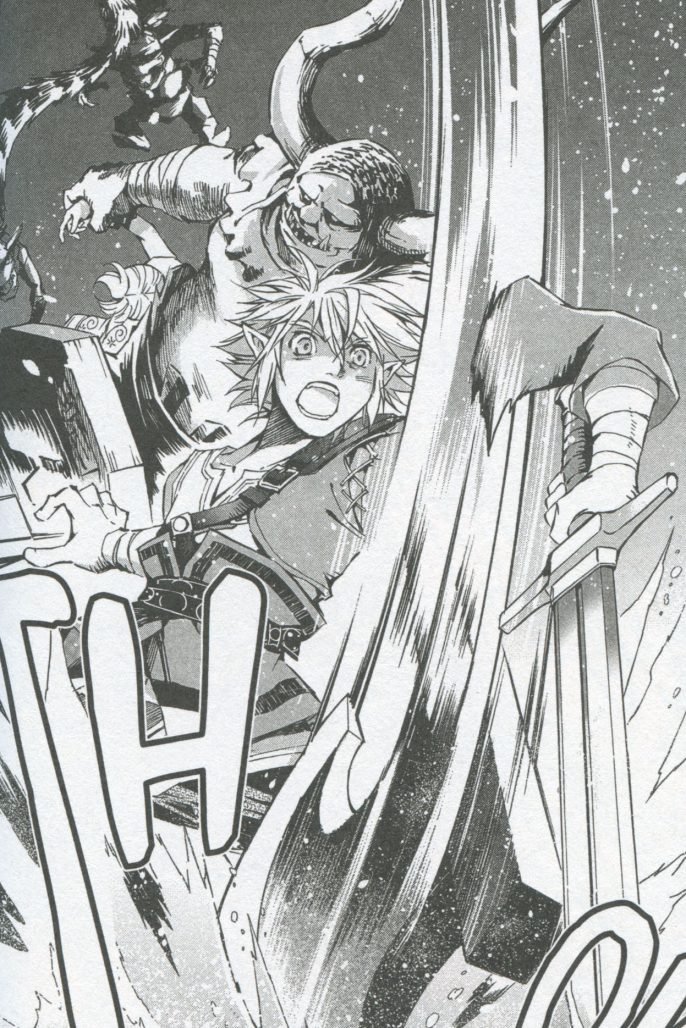
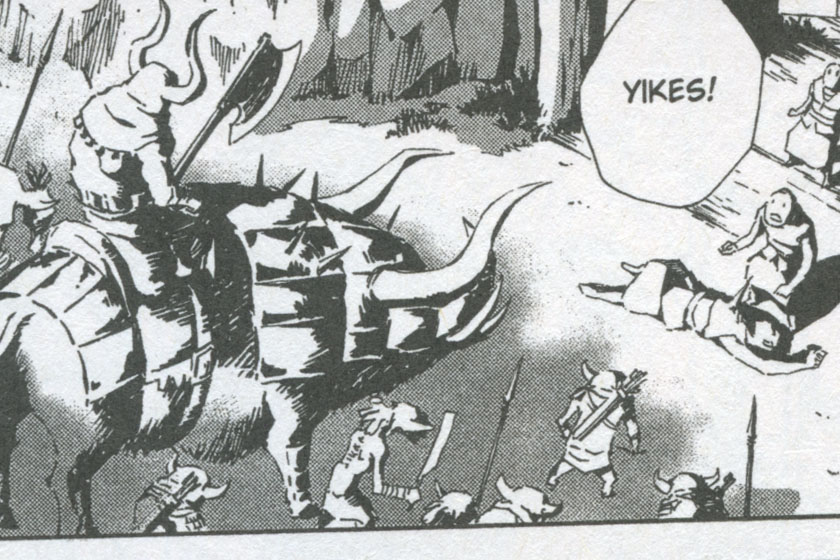
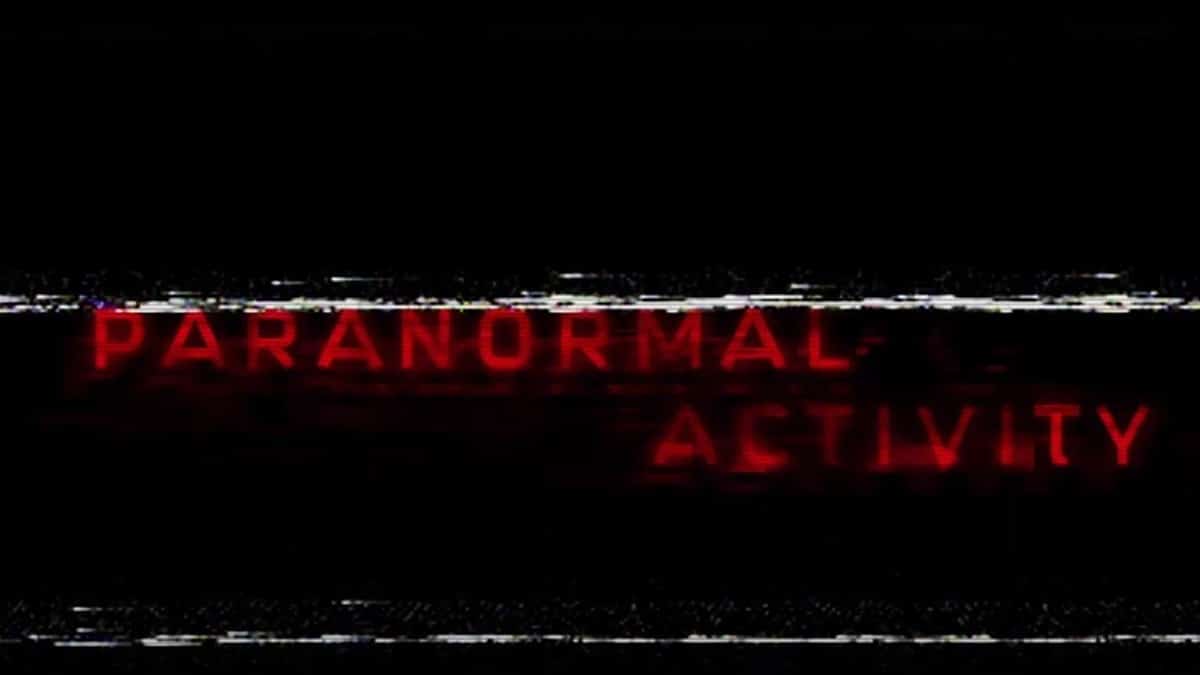
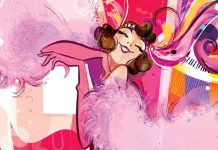
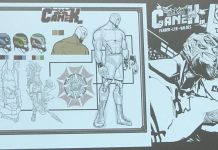



Companies tend to gauge a staff member’s value by face time rather than top quality of their job, i.e.
the employee who works more hours vs. the top quality of their work.
Was just about to say almost exactly the same.. What a coincidence.. :D
Comments are closed.